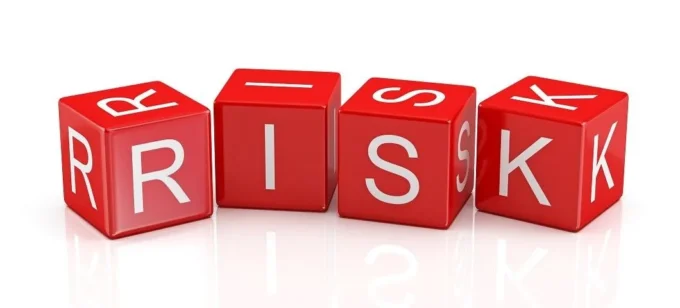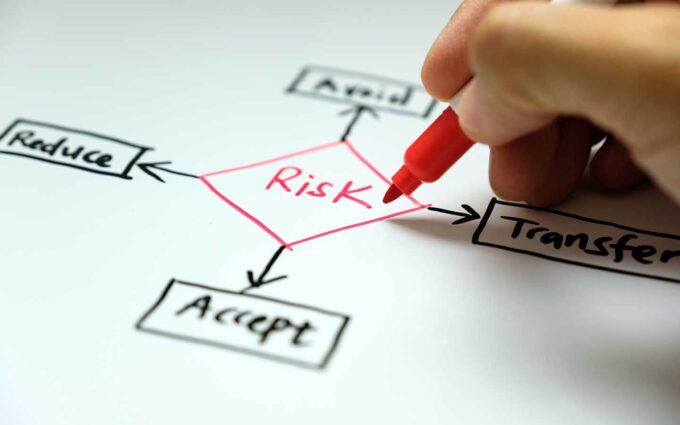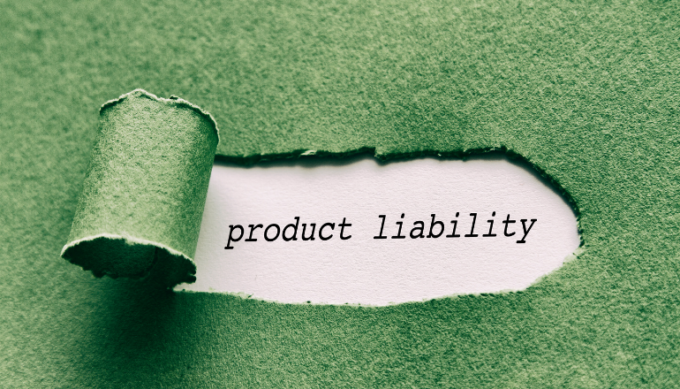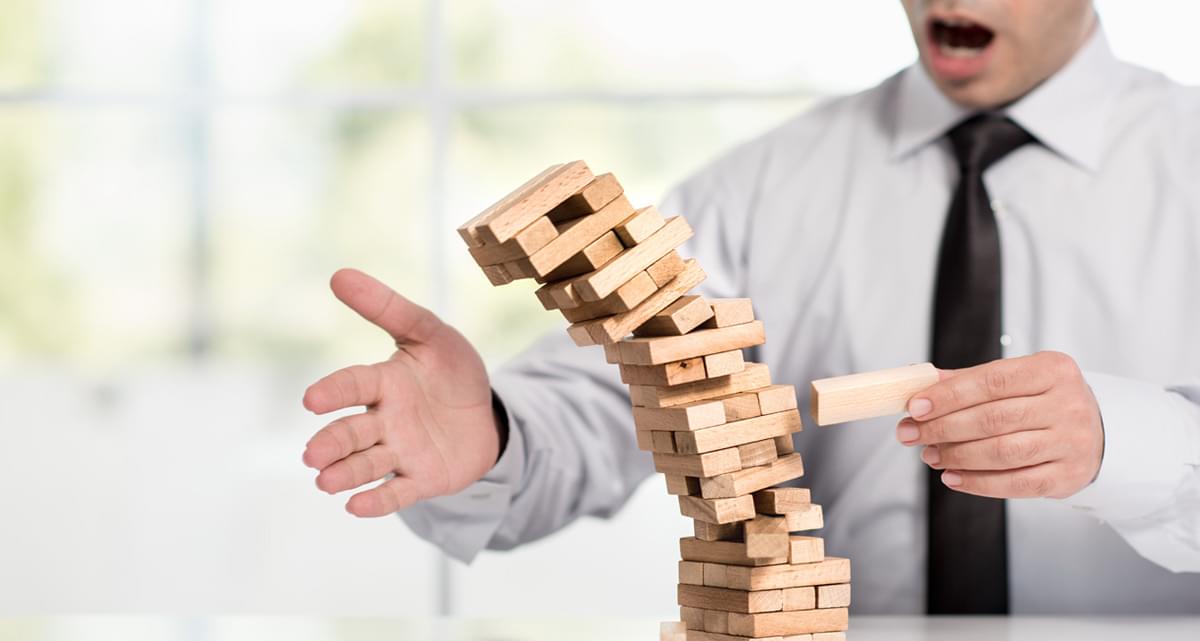The management of construction projects has become a great challenge in the modern, always-connected world. It’s no longer a relatively straightforward task of telling people what to do and letting them get on with it while you supervise; it’s an endlessly complicated job with thousands of minutiae to consider. One of the main factors is the common risks faced in construction projects and how to mitigate them affordably and reliably.
Common types of risk

There are dozens of risks to consider that we couldn’t possibly cover exhaustively here. Generally, they fall into one of four categories: –
Legal and financial – This is the most complicated dance of the entire process – sorting out the legalities and financial logistics of the project. This includes taking care of change orders (formal documents declaring changes that must be made) and stop work orders to ensuring that all contracts are ironclad, so you don’t run into potentially costly contract disputes.
Environmental – The construction sector is comfortably the largest contributor to carbon emissions. There is little we can do to mitigate that fact given the nature of the work but what we can do is make a concerted effort to reduce environmental impact where possible.
Safety – The physical and mental wellbeing of your construction workers should always be of paramount concern. Site conditions can change in a heartbeat and unexpected hazards can and will reveal themselves given the nature of a construction job. The goal of all projects should be to ensure it’s accident-free and while you might not be able to achieve that every time, the more effort you put into keeping workers safe, the higher morale will be and the better and faster the job will be done too.
Productivity – The construction risks here are all about whether you get the project finished on time and to a reasonable standard. They include the potential of labour shortages, which can be a massive problem that will lead to heavy delays if not addressed. In the wake of the pandemic, where thousands of workers left the construction industry, this is a much more significant risk than it once was.
How to mitigate risk

Aside from taking out builders insurance, of course, the most important thing to sort out as soon as possible is to take out a thorough risk assessment of the project. This will include going over the site with a fine toothcomb (so to speak) and figuring out exactly where the risks could come from.
It’s impossible to eliminate risk entirely but a risk assessment can help to make these risks less risky by determining who or what is at risk and generating an awareness of that risk. You should also fulfil any local regulatory duties surrounding risk (which will change from region to region) and meet all insurance requirements pertaining to loss prevention.
This is the bare minimum that a risk assessment should be but, of course, you can always go further. What’s important is that you carry out assessments regularly and communicate directly with your employees, giving them all the training and guidance, they need.
Contractor Liability
When considering a construction project, one of the first things to consider is contractor liability. Contractors are responsible for the work they do and can be held liable for any accidents or injuries that occur while working on your project. To ensure you aren’t left holding the bag if something goes wrong, follow these tips:
Make sure you have a written contract with your contractor. This document should include all of the terms and conditions of the project, as well as specific provisions regarding contractor liability.
Review all pertinent safety guidelines before starting work. Not only will this help to avoid any accidents, but it will also help to ensure that your project is proceeding in accordance with applicable safety standards.
Inform your contractors of any hazards that may be present on the site. This will help to ensure that they are aware of potential dangers and are taking appropriate precautions to prevent accidents from occurring.
Hold contractors accountable for their actions if something goes wrong onsite. If an accident occurs and blame can be shown to have lied to either party involved, pursue damages accordingly.
Product Liability

Contractors failing to meet deadline
If the contractor isn’t meeting deadlines, it could lead to delays in the overall project timeline. Make sure all deadlines are clearly communicated up front and that penalties for missed deadlines are enforced. Also, have backup plans in place in case of missed deadlines – this will give you more flexibility if things do go wrong. Florida Engineering are reliable in making ends meet by providing you milestone projects, assuring you the progress of your projects.
Poorly installed fixtures or equipment
If fixtures or equipment are installed improperly, it could lead to problems down the road. Be sure to have your contractor check everything for proper installation before it’s used in the project, and make sure any defects are fixed prior to use. If anything goes wrong as a result of installation issues, you’ll likely be responsible for repairs or replacements.
Missed safety inspections
Due dates don’t always mean that safety inspections will be completed on time – sometimes they get delayed for various reasons. If there are any safety concerns that need addressing during construction (e.g., potential hazardous materials), make sure they’re addressed as soon as possible so potential accidents don’t happen later on down the line.
Lack of communication between contractors & clients/owners/managers
Construction projects frequently involve multiple parties, which can lead to communication issues. Make sure everyone is aware of the project timeline and what’s expected from each party – this will help avoid any surprises or misunderstandings. If something does go wrong, be sure to communicate with all parties involved so that a resolution can be reached as quickly as possible.
Poorly designed construction projects
If the construction project is poorly designed, it could lead to problems down the line. This can include things like weak foundations that eventually collapse, poorly sealed building envelope systems that allow moisture and pests inside or faulty wiring that leads to electrical fires. As with any project, make sure you have a qualified professional design your project – this will help avoid any potential headaches down the line.
When it comes to construction projects, there are always risks involved. From getting injured on the job to losing valuable equipment or even structural damage, it’s important that you know what risks are associated with your project and how to mitigate them. This article aimed to teach you some of the most common construction project risks and how to prevent them from happening. Armed with this knowledge, you’ll be better prepared for any potential challenges that come up during your construction project.









